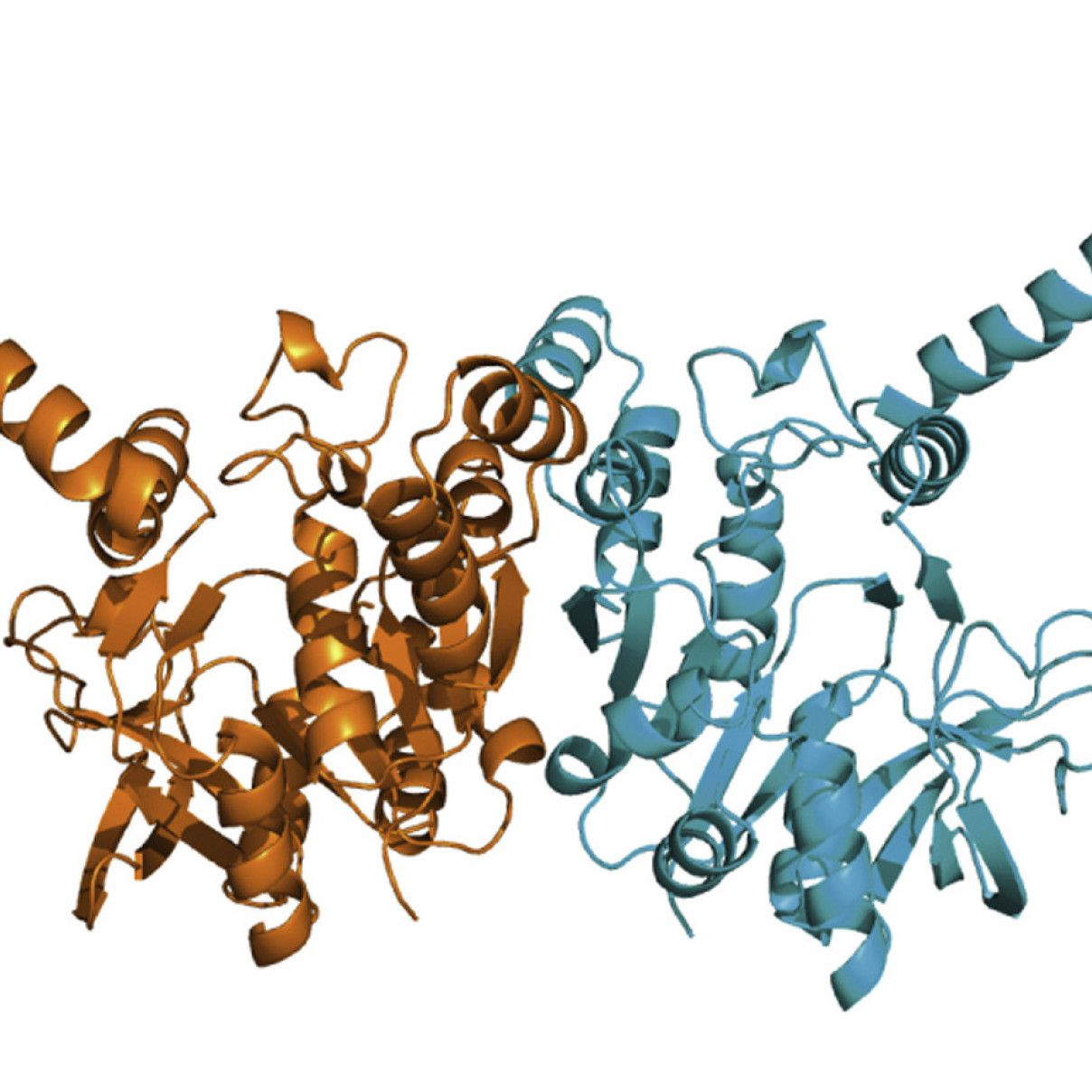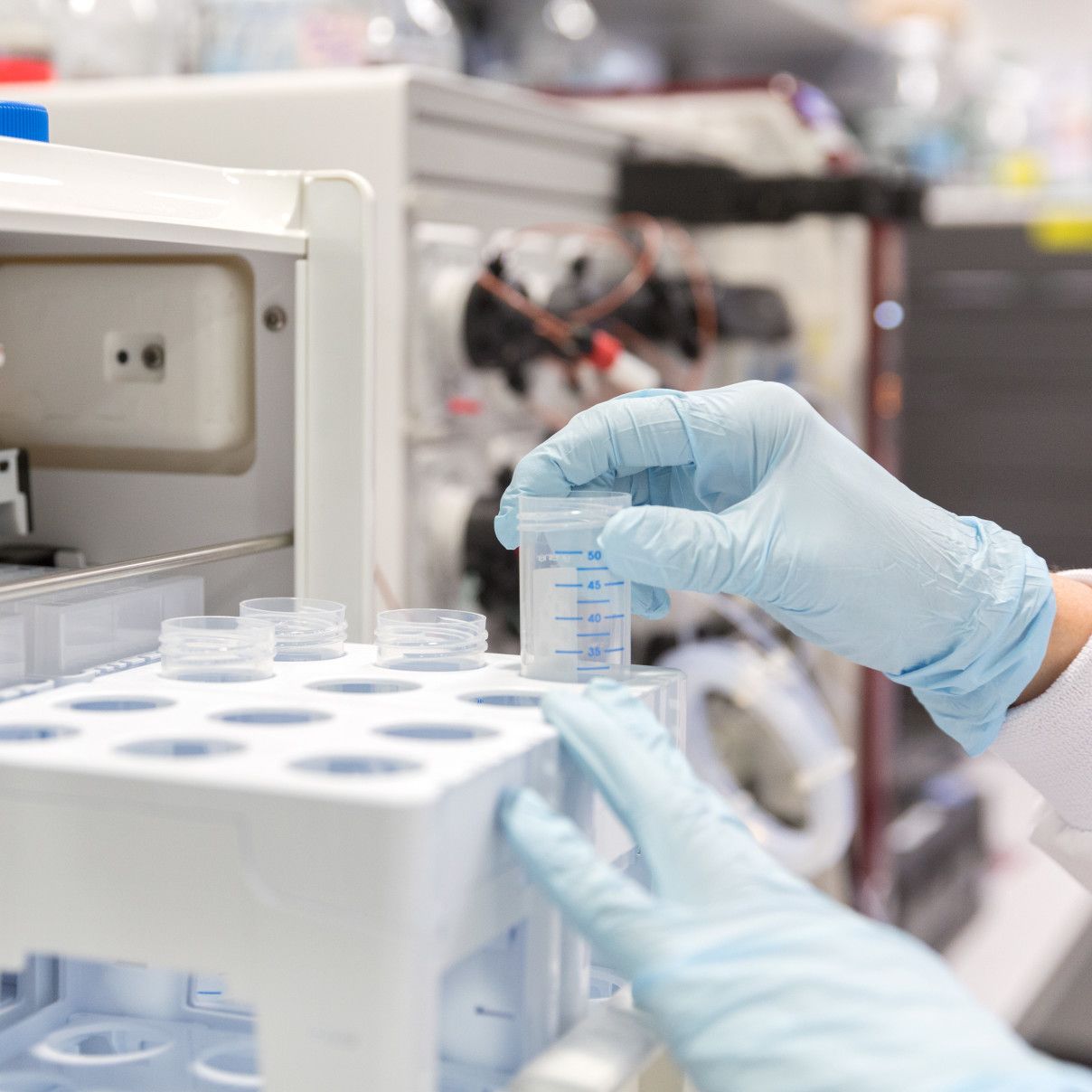Crystallisation Suite
In the Crystallization Suite, you can
-
use the Mosquito,
-
order crystallization screens in 96-well format,
-
create optimization screens,
-
purchase additive screens in 110 µl servings.
If you've never used the facility before and want access, please read the Getting Started section for more information.
Crystallisation screens
The CSB crystallisation facility provides 14 commercially available screens pre-dispensed into 96-well MRC plates. The screens have been chosen to cover as much chemical space as possible. Note that there is considerable overlap among screens and design your experiments accordingly.
The screens are stored at 6°C. They must be brought to RT before opening, otherwise the sealing film will not come off cleanly and resealing will be made difficult.
In addition, the facility provides
-
Hampton's additive screen in 110 µl aliquots. Plates can be requested on Sharepoint and set up with the Mosquito.
-
Hampton's lysozyme crystallization kit for training (and testing) purposes.
-
Various heavy-atom kits.
-
A small number of consumables.
Crystallisation robot
Crystallisation experiments are performed using a Mosquito-LCP nano-litre high-throughput robot manufactured by TTP Labtech that was funded through an MRC grant to establish the Centre for Molecular Bacteriology and Infection and installed in September 2012. It is capable of producing lipid cubic phase as well as standard vapour diffusion crystallisation experiments.
To preclude cross-contamination, the Mosquito uses disposable positive-displacement tips. No cleaning is required. Each plate takes approximately three minutes to set up. A detailed protocol has been compiled and should be followed.
Changing the reel of tips is easy but recalibration of the instrument is not. Ask the facility manager.
Plate storage
Three temperature-controlled vibration free crystallisation incubators are provided to house your crystallisation experiments. Space is allocated to individual groups on a per-shelf basis. Please do not move other groups' plates or use their space. If you require more space, please contact the facility manager who will be able to advise you where to put your plates.
Crystal observation
Opposite the crystallisation incubators is a Leica microscope for viewing your plates. The microscope has a CCD camera linked to a PC, which enables you to take pictures as well as live-view the plates on the PC screen. You have to log on to the PC with your Imperial credentials, which means you can save images to your H drive for direct access from any other ICT Windows machine.
Optimisation of initial hits
Initial hits should be tested for diffraction if possible. The in-house X-ray equipment provides a quick and easy yet powerful means to do that. Talk to the facility manager if you're not trained in its operation.
If your crystals are protein and they don't diffract well enough for structure determination from the initial hit, you must optimise them by manually preparing a grid around the initial hit or by asking the facility manager to use the Tecan for the task.
Seeding
Seeding refers to the use of crystal fragments to promote crystallisation. The point of using fragments of existing crystals is to uncouple nucleation and crystallisation, two processes that tend to take place in different areas of the phase diagram. Added crystal fragments provide nucleation cores; crystallisation is more likely to occur in their presence. While the traditional approaches of micro-seeding and macro-seeding can be performed in any lab, we highly recommend microseed matrix screening.
Heterogeneous nucleation
Naomi Chayen has done a lot of work on inducing nucleation with heterogeneous compounds.

